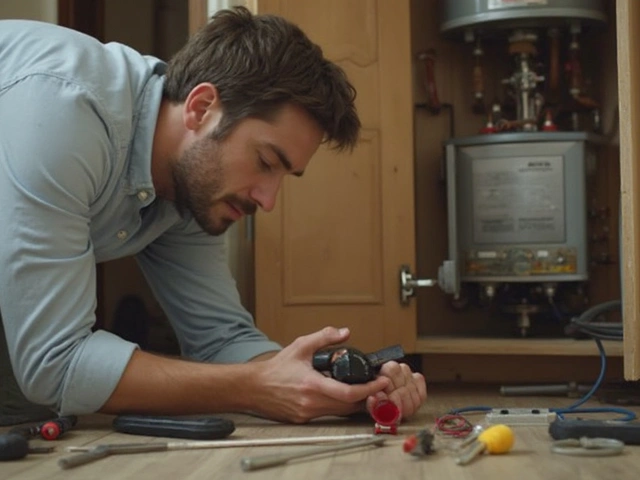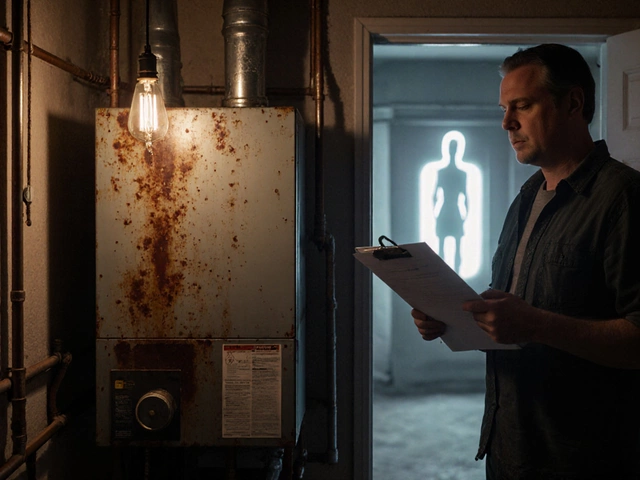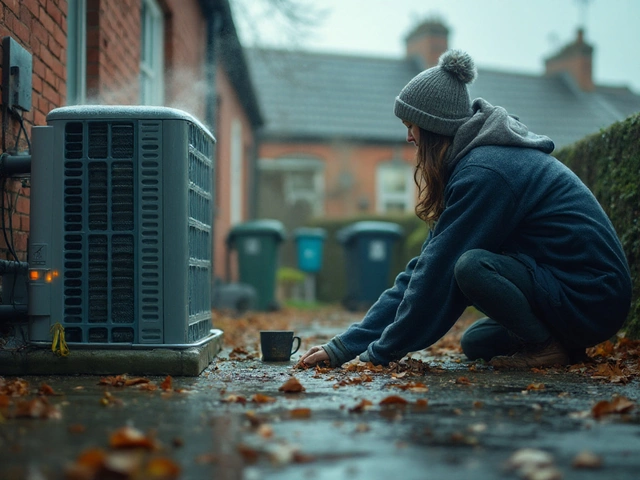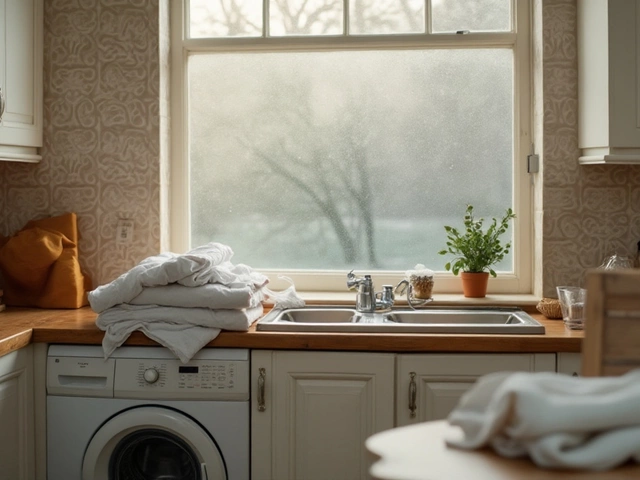Boiler is broken – what to do right now
First thing you notice when a boiler quits is the cold – no heat, no hot water, just a silent, useless box in the cupboard. Before you panic, grab a pen and take a quick look around. Most breakdowns have a simple cause that you can spot in five minutes.
Check the basics
1. Power supply: Is the boiler switched on? Look for a red LED or a digital display. If the light is off, check the fuse box for a tripped breaker or a blown fuse. Reset the breaker and see if the boiler wakes up.
2. Thermostat settings: Make sure the thermostat is set to ‘heat’ and the temperature dial isn’t at the bottom. Some modern units have a separate hot‑water timer – verify it’s on.
3. Pressure gauge: Most boilers need a pressure reading between 1 and 1.5 bar when cold. If the needle is low, you’ll need to top up the system using the filling loop. Follow the small green valve instructions on the pipe; it only takes a minute.
4. Water flow: Check that the isolation valves on either side of the boiler are open. Closed valves cut off water and cause the boiler to shut down as a safety measure.
When to call a professional
If you’ve gone through the checklist and nothing changes, it’s time to call a qualified repair service. Typical red flags that need a pro include a leaking pipe, strange noises (like banging or whistling), a constant error code on the display, or a complete loss of power despite a good fuse.
Give the call early in the day – many companies, including Rugby Appliance Repair Services, offer same‑day emergency visits. Explain what you’ve checked so far; it helps the technician arrive with the right tools and parts.
While you wait, keep the house warm without over‑relying on electric heaters. Close doors to rooms you don’t use, pull curtains to trap any residual heat, and wear a sweater indoors. If you need hot water for essential tasks, heat water on the stove or use a kettle as a temporary fix.
Once the professional is on site, they’ll run a quick diagnostic: checking the ignition electrode, the pump, the gas valve, and the control board. Most common faults – a blocked condensate pipe, a failed pump, or a cracked heat exchanger – can be repaired in a couple of hours. If the boiler is over ten years old and the repair cost exceeds half the price of a new unit, the tech will likely recommend replacement.After the fix, ask for a maintenance plan. Regular annual service, cleaning the pressure relief valve, and flushing the system can add years to a boiler’s life and cut down on sudden breakdowns.
Bottom line: start with power, pressure, and thermostat checks. If those don’t bring the heat back, call a licensed repair service fast. A quick response keeps you warm, saves money, and prevents a small fault from turning into a big, expensive problem.






